Today’s Cosmopolitan Soccer League was established in 1923 in New York City as the German American Soccer League. It is one of the country’s oldest soccer leagues with over 90 years of history behind it. What was once a German inspired collection of teams in the beginning has over the decades evolved into a truly cosmopolitan refection of the metropolitan area’s demographics.
When the league first started it was made up of five teams, S.C. New York, Wiener Sports Club, D.S.C. Brooklyn, Hoboken FC 1912 and Newark S.C. The teams were largely composed of recent immigrants from Central Europe, primarily Germany. The next year, four more teams, Swiss F.C., Elizabeth S.C., S.C. Eintracht and Germania S.C., joined the league. The league renamed itself the German American Football Association in 1927.
Following the end of World War II, the league experienced major growth as Central European players left their homelands to move to the United States. Many of these new immigrants were Hungarians that had fled their country following the 1956 Hungarian Revolution.
Current Cosmopolitan Soccer League champions NY Pancyprian Freedoms
In 1977, the GASL changed its name in response to a changing American soccer scene. While soccer had existed as an ethnic sport since the 1930s, the creation of the North American Soccer League in 1968 had brought the sport into the mainstream. Recognizing that maintaining its ethnic identity would hinder its acceptance by the wider U.S. sports culture, the GASL governing board voted to rename the league the Cosmopolitan Soccer League. As part of this process, the league’s teams were directed to change their names to ones with less ethnic connotations, although this requirement was dropped three years later.
Current Cosmopolitan Soccer League leaders Shamrock SC
The league plays a traditional international schedule with competition beginning the second weekend of September and running through June, with a winter break from the middle of December to early or middle March. During the winter months, the league runs an indoor tournament due to New York's cold climate.
There are 106 clubs in the CSL’s 9 divisions today, conveying the New York metropolitan area. This number includes the reserve teams that First Division as well as the teams in the Over 30 Division.



